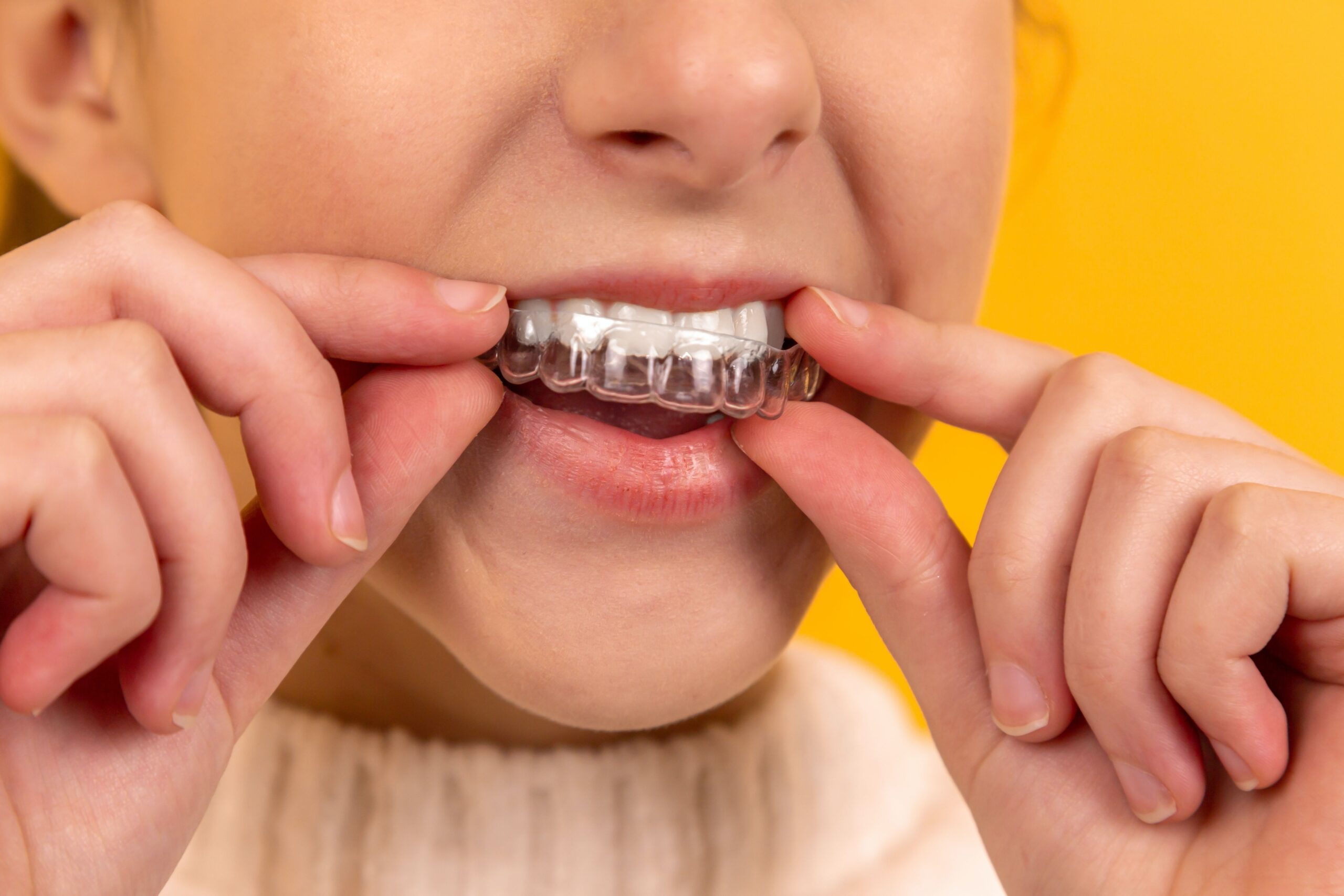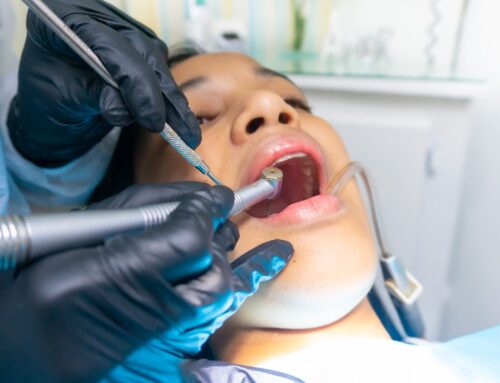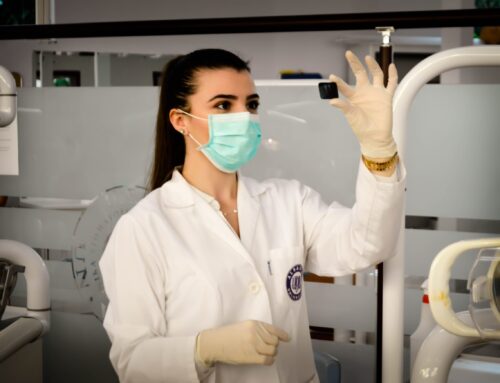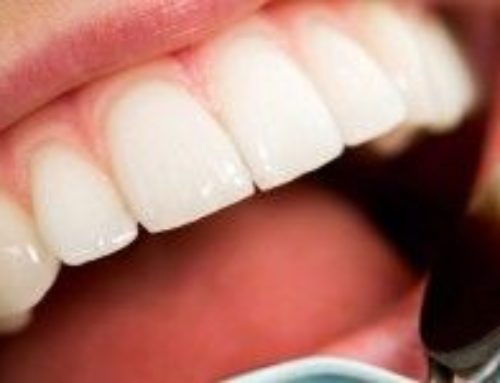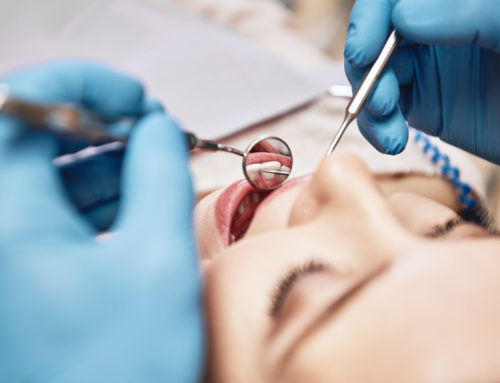Understanding the different types of braces for teeth, from the traditional to the innovative, can feel overwhelming. This is why we’re shedding light on options like Smilelign, a modern solution that may be the perfect fit for your orthodontic needs.
We’ll delve into the various types of braces, from the different types of braces, each designed with unique benefits and aesthetic features.
Types of braces for teeth
Getting braces may seem daunting whether you’re an adult, teenager, or child. Understanding the different types of braces for teeth can make this dental journey less intimidating and ensure you make an informed decision for your oral health. At Churchfield Dental Centre we offer Smilelign, an innovative clear aligner system, alongside traditional removable braces.We can also assist you accessing fixed orthodontic treatment if this is what you require, all aiming to give you a smile that boosts your confidence and enhances your overall well-being.
Traditional Metal Braces
These are the most common and recognisable types of braces. Made of brackets and wires, traditional braces have come a long way and are now smaller, more comfortable, and more effective than ever. They can also feature different colours of brace elastic, adding a fun and customisable element to the treatment process.
Ceramic Braces:
Ceramic braces function similarly to traditional metal braces but blend more seamlessly with your natural teeth colour. The brackets are made from clear or tooth-coloured ceramic, offering an aesthetically pleasing alternative to metal brackets.
Lingual Braces:
These braces are unique as they’re fitted on the back of your teeth, rendering them virtually invisible when you smile. While offering the same effectiveness as traditional braces, lingual braces require more maintenance and can be slightly less comfortable initially due to their location.
Clear Aligners:
With clear aligners you wear a sequence of removable aligners that gradually move your teeth into the desired position. These aligners are nearly invisible, offering discretion during your orthodontic treatment. They can be removed when eating, drinking, brushing, or flossing. There are several brands of aligners on the market the most well known of which is Invisalign. Smilelign is one of the largest UK based Aligner systems.
The advantages of Smilelign and why its our brace of choice
Smilelign, one of the key players in orthodontics, has revolutionised how we approach dental alignment and aesthetics. As the name suggests, Smilelign aligners focus on aligning teeth and enhancing the overall beauty of your smile. At Churchfield Dental Centre, we’ve found it to be our brace of choice due to several compelling reasons, and we’re here to tell you why.
One of the main advantages of Smilelign is its subtlety. Unlike traditional braces for teeth, which can be easily seen, Smilelign aligners are virtually invisible. This clear and aesthetic advantage is particularly appealing for adults and teenagers who are conscious about their appearance and might feel self-conscious wearing the more visible, different types of braces bands.
Smilelign aligners are also removable, a feature that sets it apart from many different types of teeth braces. This allows for more comfortable eating and drinking experiences. Users also find it easier to maintain oral hygiene as the aligners can be removed for brushing and flossing.
Next, the customizability of Smilelign aligners is second to none. They are designed using 3D CAD CAM technology to ensure they fit perfectly and comfortably.Before commencing on your aligner journey you will get to see a 3d plan which shows the expected outcome, you will also get a pre aligner, this is a trial aligner, that enables you to experience what aligners look & feel like prior to committing yourself to treatment. Each aligner in the series brings you one step closer to the smile you’ve always wanted, making the entire journey seamless.
Of all the aligner companies we chose to use Smilelign as one of the largest providers of aligners in the UK, they are based in Sheffield, Yorkshire so this enables us to have a close relationship with the laboratory which results in you getting the best treatment outcome. We are the largest provider of Smilelign in the UK & have the benefit of years of experience delivering this system, so much so we provide training to other dentists in the UK wanting to use aligners in their practices.
In the post-treatment phase, different types of retainers after braces are used to ensure the teeth stay in their new position. Smilelign also offers a variety of retainers, providing options tailored to your specific needs.
The patient experience is also at the heart of Smilelign’s design. There’s no denying that traditional braces can sometimes cause discomfort due to the wires and bands. Smilelign aligners, on the other hand, are smooth and comfortable to wear, after the first few days of wear you can hardly notice them in your mouth.
In conclusion, Smilelign offers a modern, highly efficient, and patient-friendly solution for teeth alignment. It combines cutting-edge technology with a thoughtful design that centres around the patient’s comfort and convenience. So, if you’re exploring different types of braces and wondering which one would be the best for your needs, Smilelign could be an excellent choice for you.
Alternatives to braces: Veneers
Veneers have become an increasingly popular alternative to the different types of braces and can be used effectively in some cases to give the appearance of straight teeth. As a minimally invasive cosmetic solution, they are thin porcelain shells bonded to the front surface of the teeth. The main advantage is that cosmetic improvement with veneers can often be achieved in two or three dental appointments, which might take months or years to accomplish with braces. They’re effective at correcting cosmetic concerns such as gaps, chips, or stains, which the many different types of teeth braces also aim to rectify. However, it’s worth noting that veneers are primarily a cosmetic solution and won’t correct underlying functional issues that braces would address.
Alternatives to braces: Composite bonding
In recent years composite bonding has become one of the most common ways to enhance the shape & alignment of teeth without using braces. Where it can be used effectively it is rare for any preparation of the teeth to be required, although it can only generally be used to improve the appearance of mild crowding or spacing. Composite veneers will generally not last as long as porcelain veneers, they are also more prone to staining but are more cost effective.
Churchfield Dental Centre strives to help you understand the options available and guide you through decision-making. Everyone’s dental health and desired outcomes are unique, and it’s our mission to ensure you receive the best possible care and treatment plan tailored to you.
FAQ’s
What type of braces are the best?
Determining the best type of braces for you depends on many factors, including your dental health, lifestyle, budget, and cosmetic preferences. There are different types of braces available today, each with its advantages and considerations. Please see these options above.
What type of braces hurt less?
While all braces may cause some discomfort initially, many patients find that Smilelign clear aligners tend to hurt less than other types. The smooth plastic aligners are custom-made for your teeth, resulting in less irritation to your gums and the inside of your mouth. This is a stark contrast to different types of braces bands found in traditional braces, which can sometimes cause discomfort or irritation.
Other different types of teeth braces, such as ceramic or lingual braces, may also be less painful than metal braces, but they still involve brackets and wires that can potentially cause discomfort. Different types of bands for braces are also a consideration here, as some bands may be more comfortable than others.
Which braces work faster?
When transforming your smile, the different types of braces available come with advantages, timelines, and aesthetic considerations. Among the various types of braces for teeth, metal braces and ceramic braces are the most commonly used, but clear aligners treatments tend to have shorter treatment times, rarely exceeding a year.
What is the right age for braces?
The right age for braces can vary significantly and is dependent on the individual’s specific dental needs and development. While the average age for orthodontic treatment usually falls between 10 and 14 years, adults too can benefit from braces. The key is identifying the need for orthodontic intervention at the right time, regardless of age.
Different types of braces near me
In conclusion, choosing the best types of braces for your dental alignment needs is a crucial decision that will impact not just your appearance but your overall oral health as well. It is essential to understand the pros and cons of different types of braces for teeth and how they work to make an informed decision.
For further help and advice, please contact Churchfield Dental Centre today.

